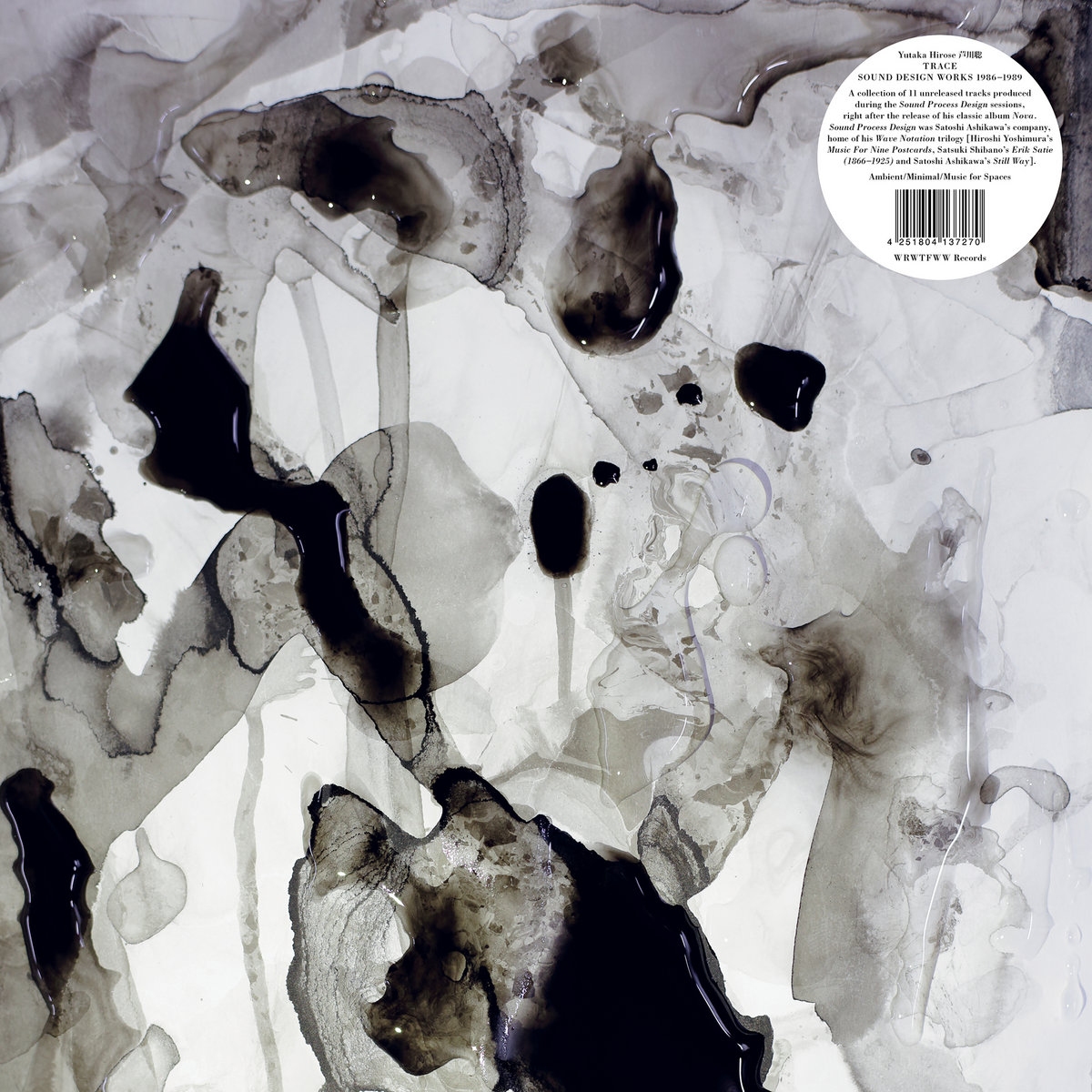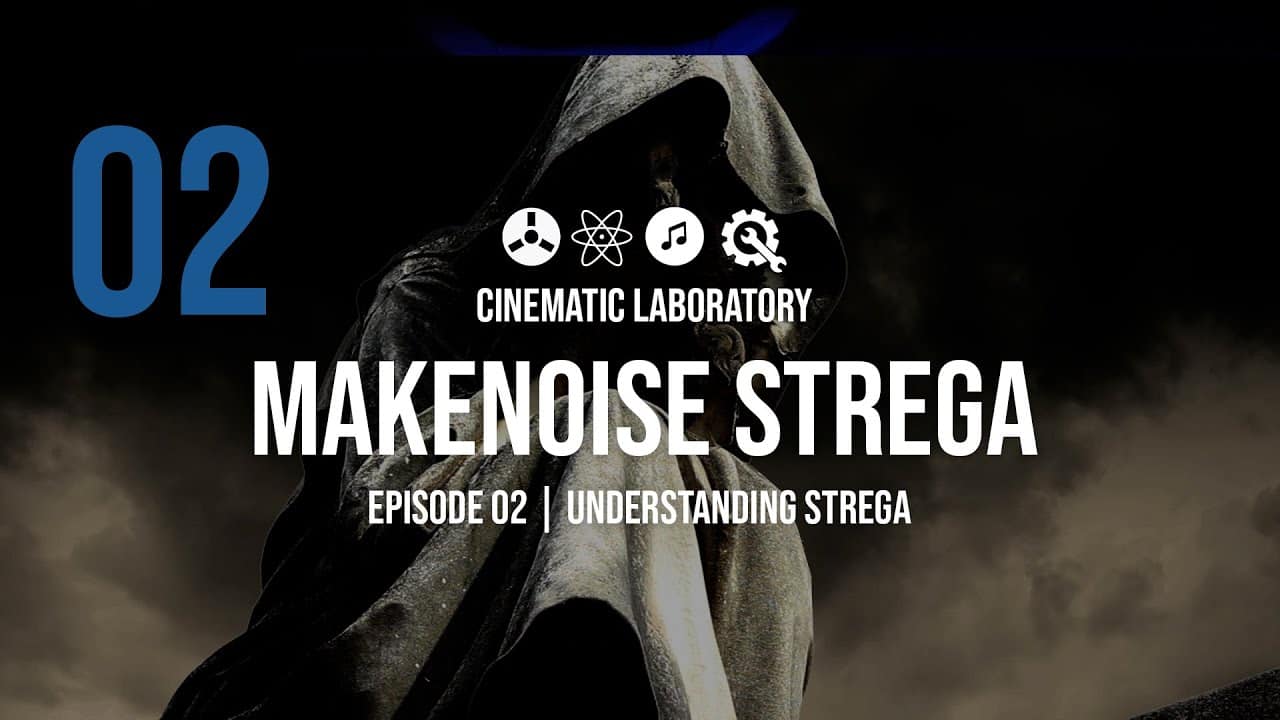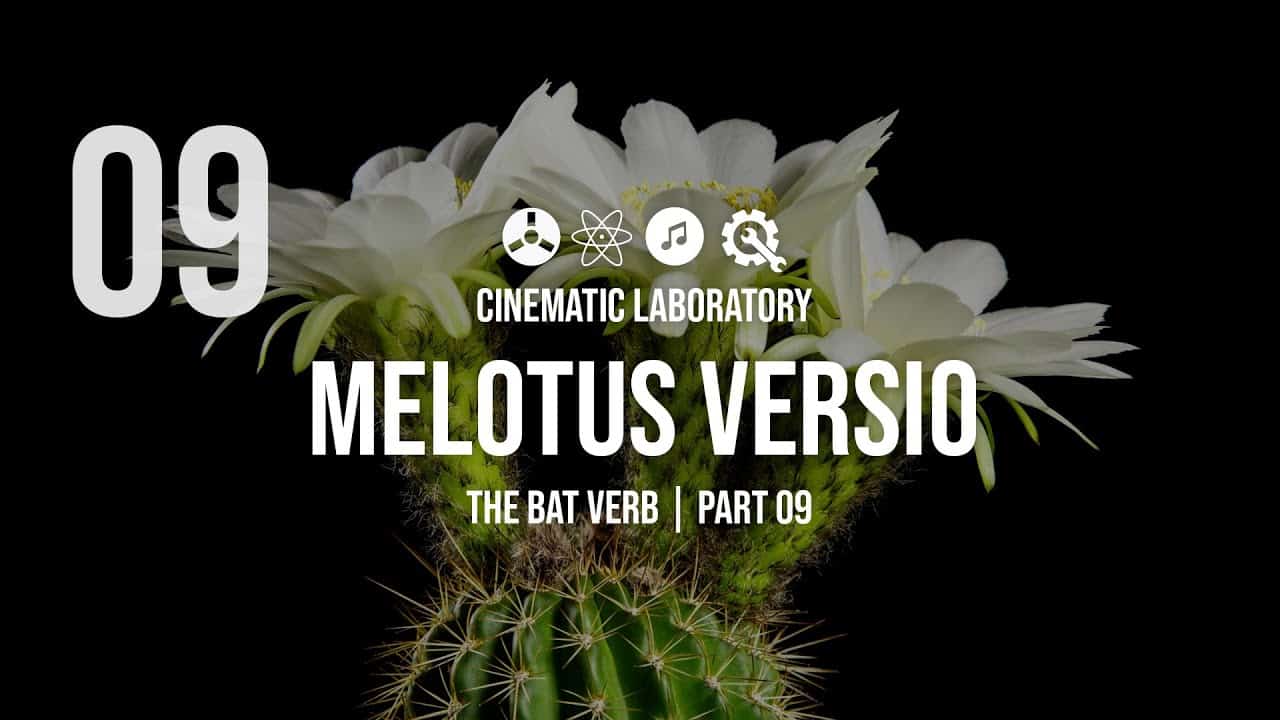The possibilities of modular sound design are virtually endless. But for a beginner, the best approach is to start with just a few modules and build up from there. Experimenting with two simple modules can introduce you to exciting techniques that you can use to create unique patches. Let’s take a look at the basics of modular synthesizers.
Eurorack format
Using the Eurorack format for modular sound design is a unique way to create music. It is complex and vibrant, and its versatility will change the way you approach music. The modular community is supportive, friendly, and helpful, and there are plenty of resources for learning how to use the format.
The Eurorack format is a vast playground for modular sound design. While many manufacturers offer ready-to-use systems, it is possible to customize your setup as you go. This means that you can create as many different sounds as you want to, without having to invest a lot of money.
CV/Gate signal flow
CV/Gate signal flow is the basis of modular sound design, and offers tremendous flexibility for routing. In a traditional DAW, it can be difficult to modulate the sound of any parameter creatively. CV signal modules such as ADSR envelopes, Gates, and LFOs are essential for this.
A CV signal is an electrical signal that specifies when a specific parameter should be turned on or off. This signal may be generated by a LFO, a trigger, or some other modulation source. A gate is also often used to control the tempo of a patch. A sequencer typically has a clock for the gate signal.
LFOs
One of the most common uses for LFOs in modular sound design is in melodic sequence generation. This method of sound generation is used quite frequently in modular synthesis, and can be made much more interesting by modulating the waveshape and frequency of the waveform. LFOs can be triggered by external devices, including sequencers or CV gates. Most LFOs share common controls, such as waveform and depth. The former determines the starting point for the sound and the latter determines the amount of variation in the waveform. The former gives a smoother sound while the latter produces a more aggressive sound.
LFOs are useful for producing a wide variety of sounds. They can provide a natural feel to synthetic audio and can be modulated to change subtly over time. There are several LFO settings, including the intensity of the waveshape, which determines whether the sound is subtle or aggressive.
Envelopes
The envelope is a term that describes the changes in a sound over time, usually in amplitude, frequency, or pitch. Think of the way a piano key sounds – it starts out with an almost-instantaneous sound and gradually decreases in volume until it stops. Using an envelope generator, you can control different stages of a sound. The most common type of envelope controls four parameters: attack, decay, sustain, and release.
Envelopes are an important part of modular sound design. Using them will allow you to create a wide variety of sounds, from sustained tones to interesting synth voices. Furthermore, you can use envelopes to create randomness or movement in your sound.
Logic modules
Logic modules for sound design allow users to manipulate continuous voltages in various ways. Unlike Boolean logic, which deals with binary states, analog logic involves mathematical combinations of continuous levels. For example, the sum function adds two voltages together. Other functions include a mixer, attenuverter, and an offset. The names of some of these functions are similar to those of Boolean logic, but their implementation varies. The analog AND function outputs the lowest input voltage, while analog OR outputs the highest. A sample example of the behavior of these types of logic can be found in the audio example below.
The “Universal Logic Module” provides a simple way to create a wide range of logical functions. The unit has 16 Boolean functions and two inputs. It also includes an envelope generator, which serves as a testing tool and an LED gate, which serves as a logical level indicator.
Filters
Filters are a critical component of any music production system. They are used to enhance or cut specific sound frequencies and determine the overall ‘tonal shape’ of audio. Originally developed to reduce broadcast noise and maximize radio bandwidth, they have evolved into essential creative tools for modern music professionals. Let’s take a look at some of the most common types of filters and how they affect the sound of your modular sound design system.
The transistor ladder filter is a classic filter, first implemented in the modular synthesizers of Bob Moog. Moog’s 904-A is considered one of the most influential filters of all time, offering simple controls and a steep 24dB/octave slope that produces a warm bassline. It also made its way into the Minimoog Model D, which is considered by many to be one of the most iconic monosynths ever made. More recent synths, like Arturia’s Matrixbrute, have implemented variants of the transistor ladder filter.










